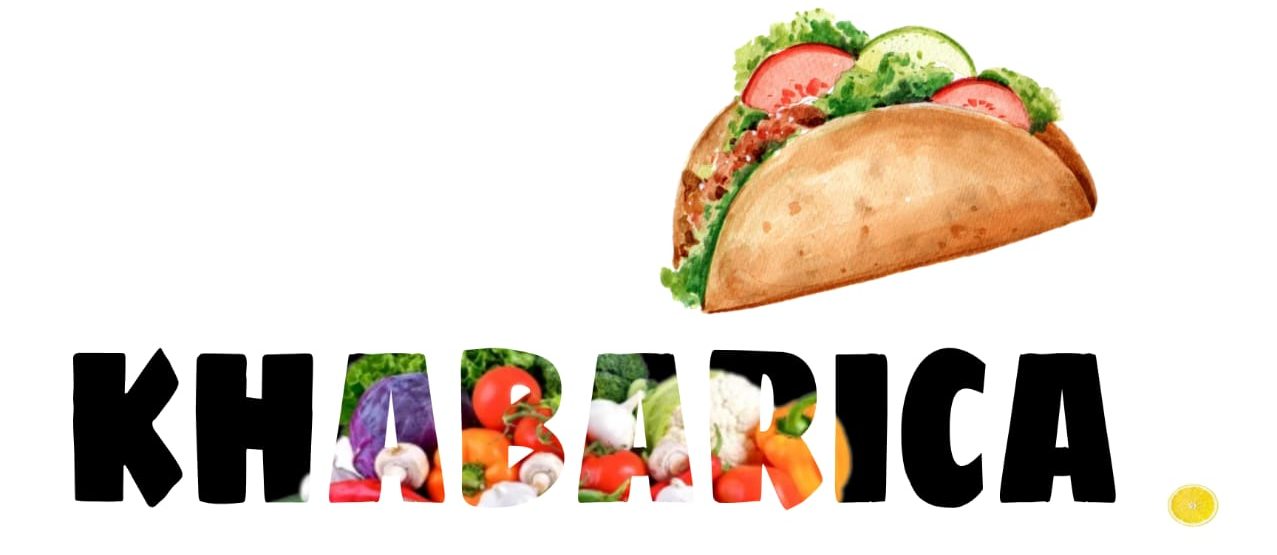For the Pancake Batter:
-
- 1 cup all-purpose flour
- 2 tablespoons granulated sugar
- 1 teaspoon baking powder
- 1/2 teaspoon baking soda
- 1/2 teaspoon salt
- 3/4 cup buttermilk
- 1/4 cup whole milk
- 1 large egg
- 2 tablespoons unsalted butter, melted
- 1 teaspoon vanilla extract
For Cooking:
- Butter or vegetable oil for greasing the griddle
Instructions:
Step 1: Prepare the Dry Ingredients
- In a mixing bowl, whisk together the all-purpose flour, granulated sugar, baking powder, baking soda, and salt. Ensure that the dry ingredients are well combined.
Step 2: Mix the Wet Ingredients
- In a separate bowl, whisk together the buttermilk, whole milk, large egg, melted unsalted butter, and vanilla extract.
Step 3: Combine Wet and Dry Ingredients
- Pour the wet ingredients into the bowl with the dry ingredients.
- Stir gently until just combined. Be careful not to overmix; a few lumps in the batter are okay.
Step 4: Preheat the Griddle
- Preheat a griddle or non-stick skillet over medium-high heat. Grease it lightly with butter or vegetable oil.
Step 5: Cook the Pancakes
- Pour 1/4 cup of the pancake batter onto the hot griddle for each pancake.
- Cook until bubbles form on the surface and the edges look slightly set, usually about 2-3 minutes.
- Flip the pancakes using a spatula and cook for an additional 1-2 minutes on the other side, or until they are golden brown and cooked through.
Step 6: Keep Warm and Serve
- Transfer the cooked pancakes to a plate and cover them with a clean kitchen towel to keep them warm while you cook the remaining pancakes.
Tips and Variations:
-
- Blueberry Pancakes: Add fresh or frozen blueberries to the batter just before cooking for a fruity twist.
-
- Chocolate Chip Pancakes: Sprinkle chocolate chips onto the pancakes as they cook for a sweet and indulgent treat.
- Whole Wheat Pancakes: Substitute half or all of the all-purpose flour with whole wheat flour for a heartier and nuttier flavor.
- Banana Pancakes: Mash a ripe banana and add it to the batter for a naturally sweet and moist pancake.
- Maple Syrup: Serve with pure maple syrup and a pat of butter for the classic pancake experience.
- Crispy Bacon: Pair your pancakes with crispy bacon or sausage links for a savory-sweet combination.
Conclusion:
Old-fashioned pancakes are a cherished breakfast tradition that brings comfort and satisfaction to the table. With their simple ingredients and classic preparation, they offer a taste of nostalgia for many. Whether enjoyed on a leisurely weekend morning or as a special treat, these pancakes are a timeless favorite that can be personalized to suit your tastes. So, fire up the griddle and flip a batch of these golden-brown delights to start your day on a delicious note.
Here’s a rough breakdown of the nutrition information for a typical serving of old-fashioned pancakes (assuming this recipe serves 4 and each serving includes three 4-inch pancakes):
Calories: Approximately 200-250 calories per serving (three pancakes).
Protein: About 5-7 grams of protein per serving, primarily from the flour and egg.
Total Fat: Typically 7-10 grams of total fat per serving, mostly from the butter and egg.
Saturated Fat: Approximately 3-5 grams of saturated fat per serving, primarily from the butter and egg.
Cholesterol: Generally, around 50-70 milligrams of cholesterol per serving, mainly from the egg.
Carbohydrates: Approximately 30-35 grams of carbohydrates per serving, mainly from the flour and a small amount from sugar.
Dietary Fiber: Pancakes typically have minimal dietary fiber, with less than 1 gram per serving.
Sugars: The sugar content is relatively low, with about 4-6 grams of sugar per serving, primarily from the added granulated sugar.
Sodium: The sodium content can vary based on factors like the added salt and specific brands of ingredients used. On average, it might be around 300-400 milligrams of sodium per serving.
Vitamins and Minerals: Pancakes provide essential nutrients, including calcium and iron from the flour and milk. However, the levels are not very high.
Note: These nutritional values are approximate and can vary based on factors like the specific brands of ingredients used and portion sizes. The actual nutritional content may differ depending on variations in the recipe, such as using whole wheat flour or different types of milk. To make your pancakes healthier, consider using whole wheat flour and topping them with fresh fruit or Greek yogurt for added nutrients and fiber.


